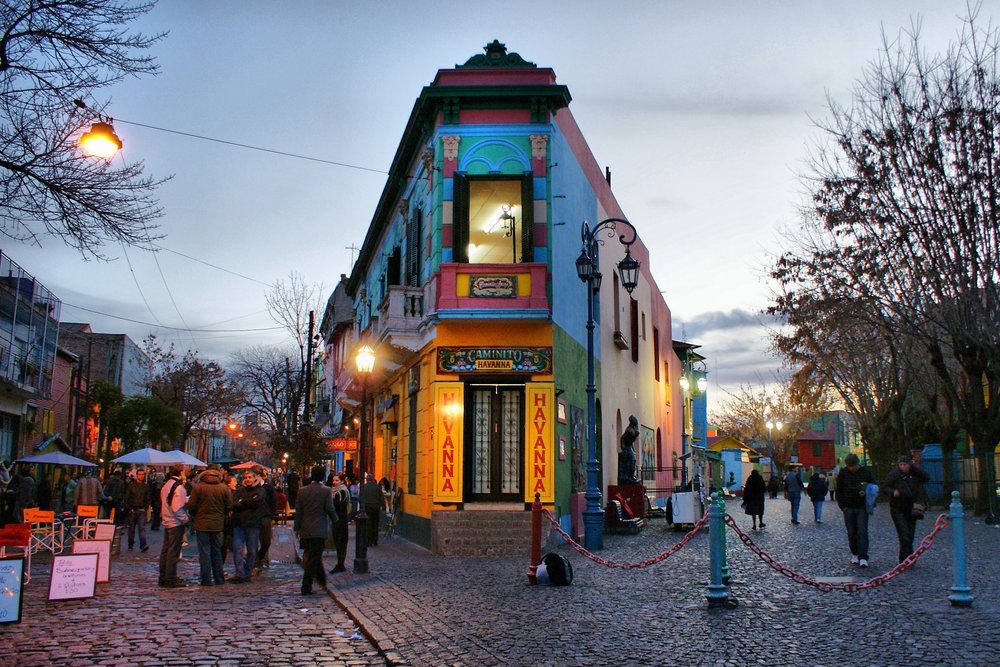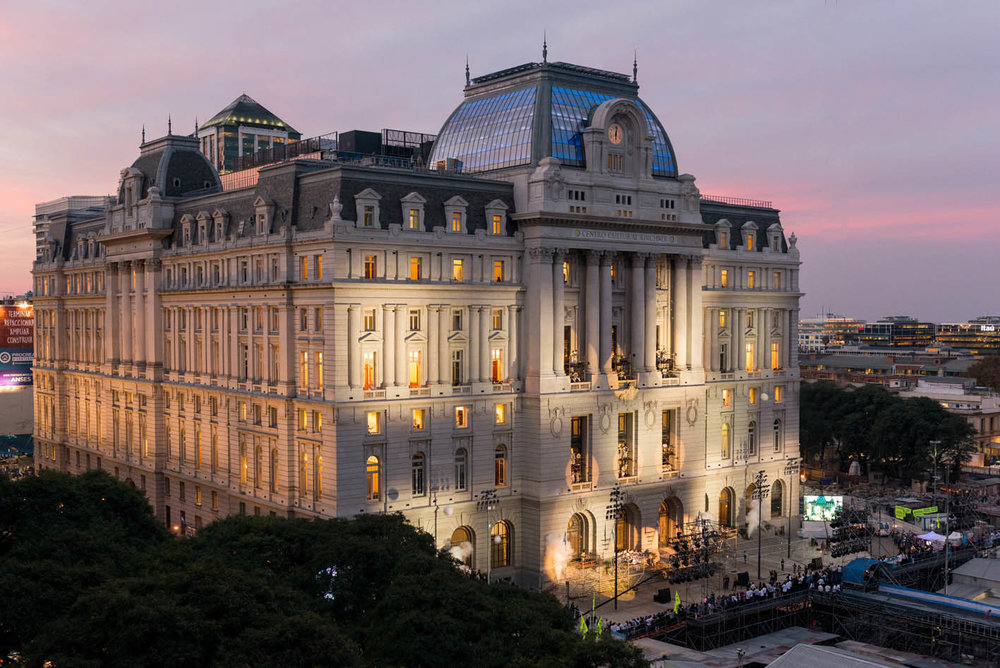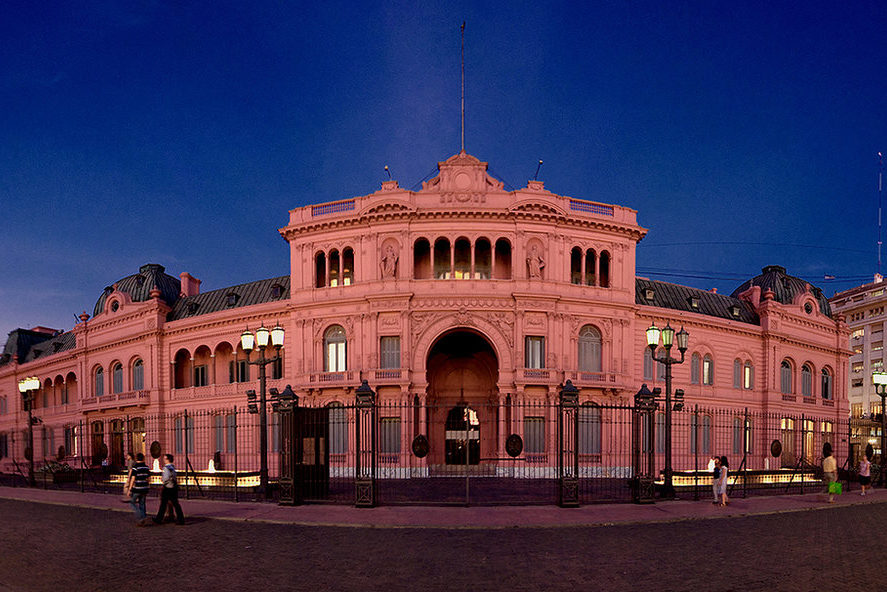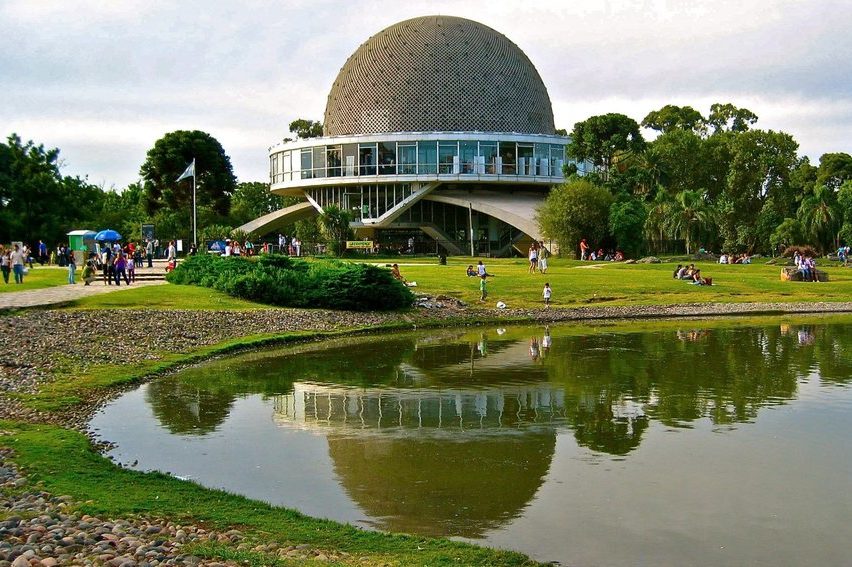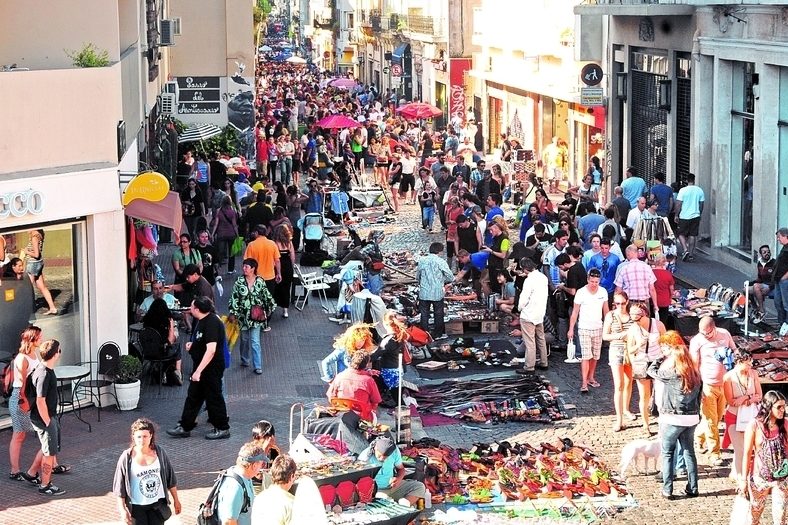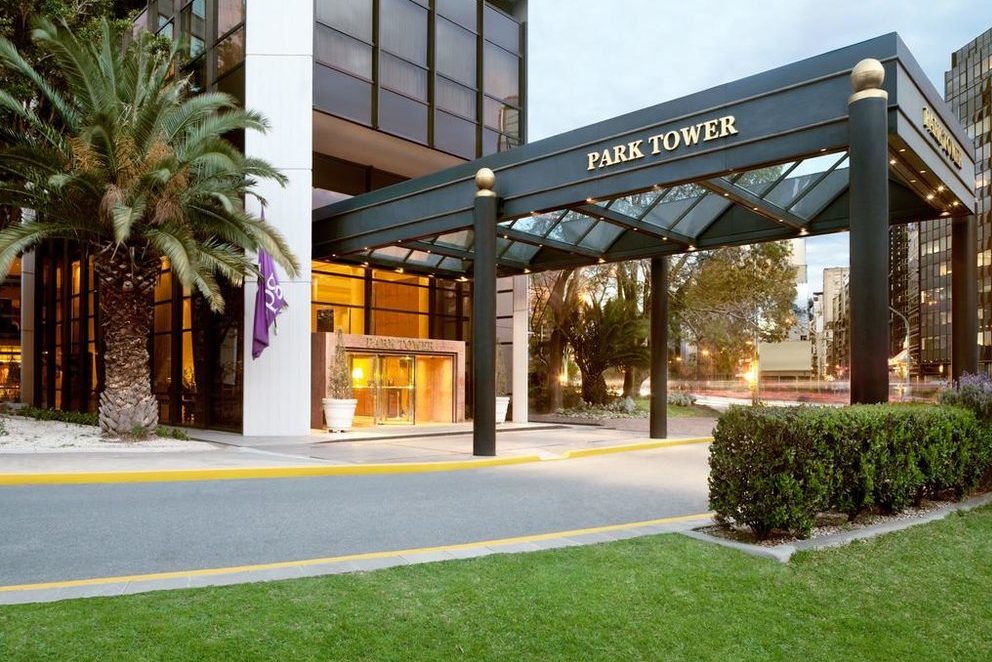We continue the Spotlight series with another city I can’t wait to visit: Buenos Aires, the capital of Argentina and a cultural hotbed of Latin America.
Situated on the mouth of the Río de la Plata, the city of “fair winds” (or literally, “good airs”) is boisterous, passionate, and addicting. Against a backdrop of old Spanish grandeur, the city’s streets thrum around the clock with the uninhibited chatter of its incredibly diverse population. And when it comes to how to fashion a life worth living, Buenos Aires’s residents – known as porteños, or people from the port – are subject matter experts, with food, dancing, and good times the order of the night, all night.
Main Attractions
Though Buenos Aires doesn’t have the kind of instantly recognizable site or monument that you’d find in Cusco or Rio de Janeiro, its vast green spaces, grand European-style promenades, and assortment of eccentric and eclectic attractions are what propel the Argentinian capital to top spot in the ranking of the most-visited South American destinations, year after year.
San Telmo and La Boca are probably the most famous neighbourhoods in the city, the former’s colonial-era buildings and cobblestone streets, rich with history, standing in stark contrast with the vibrant colours and artistic splendour of the latter. Both areas are hugely popular with tourists, and it’s worth spending some time discovering what they have to offer. Hit up the Feria de San Telmo, a cross between a fair and a flea market that sets up shop on the neighbourhood’s main road every Sunday. In La Boca, you can’t miss El Caminito, a cute pedestrian thoroughfare lined with craft stalls, street performers, and distinctive colourful houses. It’ll make a wonderful background for your next Instagram pic, that’s for sure.
Given its uniformly flat terrain, BA is a wonderful place to discover on foot. A perfect example is Parque 3 de Febrero in the Palermo neighbourhood, a vast open park with an expansive lake and a Japanese flower garden. Rent a bike or a paddle boat, settle down in a gazebo, or just take a stroll through the lush green space. The nearby Cementerio de la Recoleta is another one of the city’s top attractions. The cemetery’s ornate tombs and famous occupants make it a fascinating place to spend an afternoon – see if you can find all of Argentina’s former presidents.
BA’s cultural landmarks are concentrated around the downtown area: the Casa Rosada, Argentina’s pink equivalent of the White House, sits on the edge of the Plaza de Mayo, the city’s iconic main square. The Centro Cultural Kirchner, a grand, stunning structure that served as a post office for many years before being converted into a cultural centre, is also well worth a visit, its great halls home to several exhibits and activities on any given day.
Get Your Tango On
Arguably Argentina’s greatest contribution to the rest of the world, tango is everywhere in Buenos Aires. Whether it’s amateur performers in La Boca or lifelong practitioners in their beloved milongas (a word for a tango hall), tango’s allure is pervasive and irresistible.
A typical night in Buenos Aires usually begins with asado – every cut of steak under the sun, cooked on an open fire – which is equal parts dinner and socializing. Evening tango officially begins at around 11pm, but the milongas don’t quite fill up until about 1am, and serious dancers carry on in their perfect, sensuous harmony until sunrise. Don’t be afraid to give it a go on your own, as many locals are more than happy to show you the moves, and no visit to Argentina is complete without some form of appreciation for the national dance.
There’s no need to feel left out, however, if dancing until the wee hours of the morning isn’t your cup of tea. Instead, head to a matinee milonga, which opens its doors in the afternoon. Alternatively, sign up for some group lessons at one of BA’s numerous tango schools, or simply catch a show at a cabaret-style tango house, where you’re invited to sit back and enjoy the dazzling performance amidst an exquisite Argentine meal.
Check out the below video courtesy of Fratres Tango to see the sizzling dance in action:
Side note: while we’re on the subject of quintessential porteño experiences, the city – and indeed the nation – is football mad. If you love the beautiful game (like I do), do everything you can to catch the Superclásico between Boca Juniors and River Plate. It’s the hottest ticket in town!
Plan Your Travel
The main international airport in Buenos Aires, Ministro Pistarini International Airport (also known as Ezeiza due to the name of the area it’s located; hence the airport code EZE), sits 22 km south of the city proper; most international flights arrive and depart from here. There’s also a secondary airport, Aeroparque Jorge Newbery (AEP), that mainly handles domestic and regional flights.
Air Canada operates a daily flight to Ezeiza from Toronto, with a stop in Santiago, Chile in both directions, though cash fares aren’t cheap and usually start in the $1,000 range. If redeeming Aeroplan miles, it’s 60,000 miles round-trip from North America in economy class and 110,000 miles for business class. United’s daily flight from Houston could present a good surcharge-free option, especially as they begin introducing their Polaris business class product. Avianca’s 787 lie-flat business class, from New York via Bogotá, is another good shout.
Another interesting option is redeeming Alaska Mileage Plan miles for travel on either American Airlines or LATAM. You can fly one-way from Canada or the U.S. to Buenos Aires for as low as 20,000 Alaska Airlines miles:
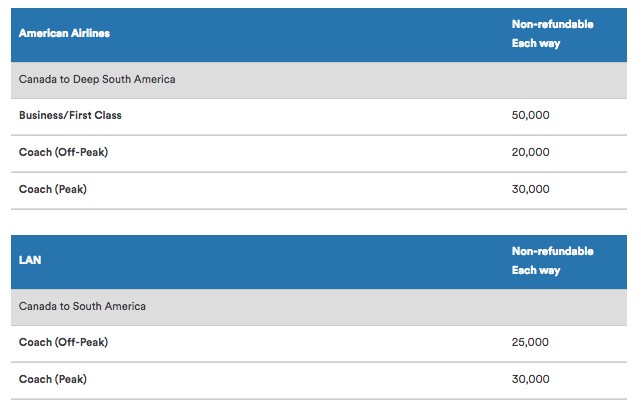
Buenos Aires is the jumping-off point for exploring the rest of Argentina as well as neighbouring countries. Fares are reasonable, with one-way fares to nearby cities like Rosario and Córdoba beginning in the $100 range. Popular, farther destinations like Santiago, Rio de Janeiro, and Ushuaia or El Calafate in Argentine Patagonia start in the $300 range one-way. There’s also a few foreign carriers that fly cool fifth-freedom routes to Ezeiza (Air Canada and KLM to Santiago in Chile, Turkish Airlines and Qatar Airways to São Paulo and Emirates to Rio de Janeiro in Brazil, and Air France to Montevideo in Uruguay). Alternatively, Uruguay’s capital can also be reached via a short ferry and bus ride, sitting 200 km down on the opposite side of the Río de la Plata.
The major chain hotels have limited coverage in BA. Marriott has no properties here, and are in fact entirely absent from Argentina. The city’s standout Starwood hotel is the Park Tower, a Luxury Collection Hotel, where average nightly rates are about $300 and a free night can be redeemed for 12,000–16,000 Starpoints. There are also two Sheratons in the downtown area within a few blocks of each other. Lastly, if you’re an IHG loyalist, you can get a free night at the InterContinental Buenos Aires for 30,000 IHG Rewards points a night.
Conclusion
Argentina’s capital is a wonderful example of how so many distinct elements can work so well together in a metropolis. The city retains important traces of its history through the grand columns and wrought-iron fences that line its promenades, and its assortment of colourful and diverse neighbourhoods reflects the diversity of its people, who for the most part arrived here in waves of immigration from many corners of the world. All of that expressed in daily porteño life through passionate, fleet-footed tango.


